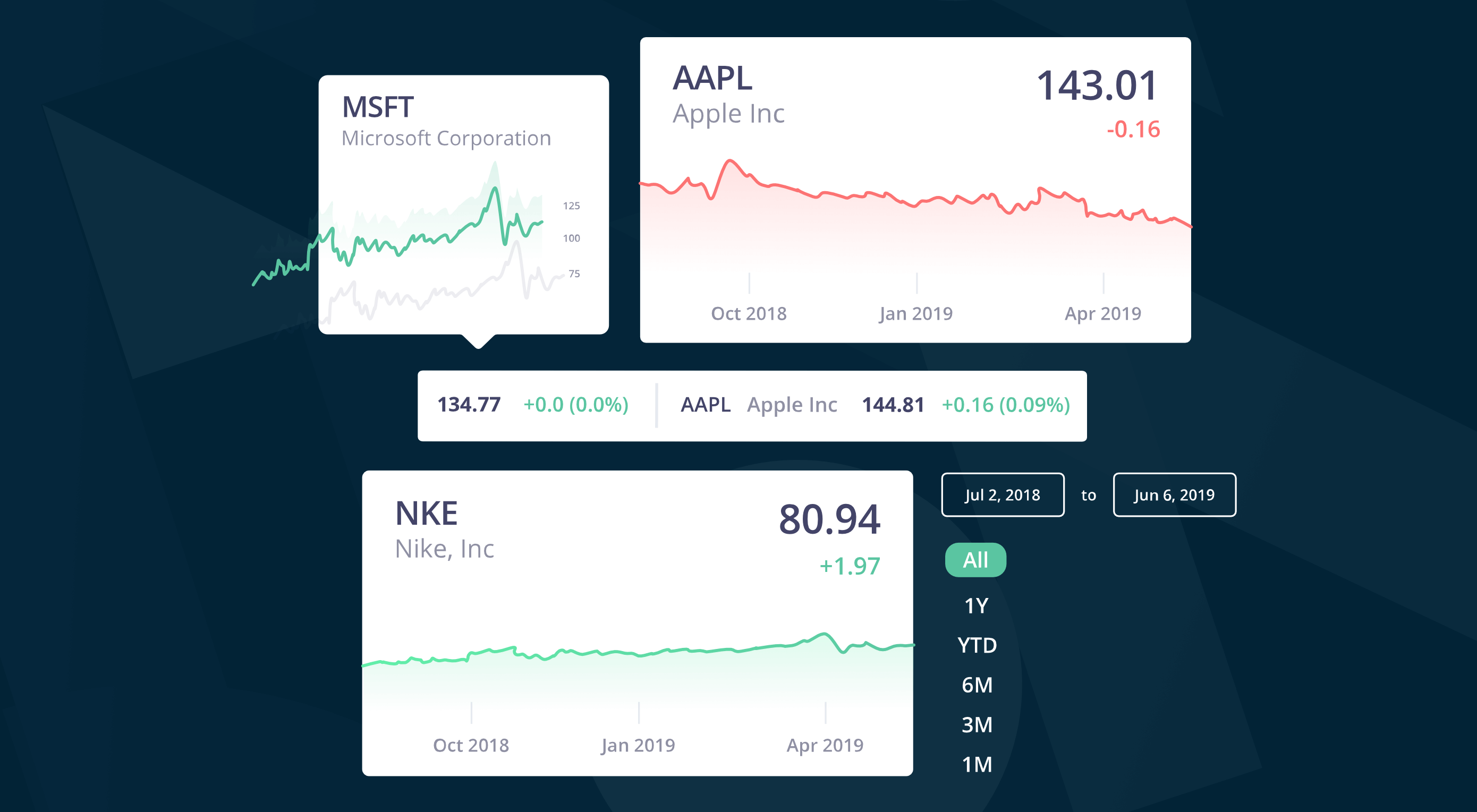WALLDORF — SAP SE (NYSE : SAP) annonce que ERG, l’un des principaux producteurs d’électricité indépendants en Europe dans le secteur des énergies renouvelables, a mis en œuvre les solutions SAP Ariba pour digitaliser et unifier ses opérations d’achat.
En activité depuis plus de 80 ans, ERG a effectué sa transition du pétrole vers l’énergie verte en 2008 en produisant de l’électricité à partir de sources d’énergie renouvelables comme l’énergie éolienne, solaire et hydroélectrique et les centrales de cogénération thermoélectriques à haut rendement et à faible impact environnemental.
La digitalisation des achats vient soutenir les objectifs de transformation cloud d’ERG
ERG adopte des technologies cloud pour obtenir une infrastructure plus flexible avec une meilleure intégration, des processus améliorés, des mises à jour plus rapides et des coûts de gestion réduits. ERG a choisi les solutions SAP Ariba dans le cadre d’une stratégie visant à consolider ses achats sur une plateforme unique, rapprochant les besoins de diverses fonctions commerciales afin de partager des informations avec tous ceux qui en ont besoin au bon moment.
« Après une évaluation approfondie des solutions disponibles, nous avons choisi les solutions SAP Ariba pour leur facilité d’intégration avec nos systèmes SAP existants, et pour offrir à nos fournisseurs une interface unique à partir de laquelle ils peuvent se connecter et collaborer avec notre organisation et nos partenaires », a déclaré Anna Campi, responsable du contrôle de la planification des achats et de la gestion des fournisseurs chez ERG. « Depuis que nous avons adopté les solutions SAP Ariba, nous avons réalisé des économies considérables par rapport à la solution précédente. Nous avons également amélioré notre structure de qualification des fournisseurs par secteur de produits grâce aux solutions SAP Ariba, qui proposent une liste de fournisseurs beaucoup plus précise et plus fiable. »
Grâce aux solutions SAP Ariba Sourcing et SAP Ariba Supplier Lifecycle and Performance, ERG pourra collaborer avec ses fournisseurs tout en s’assurant qu’ils sont alignés sur ses principes organisationnels et son code de conduite. Elles aideront notamment ERG à évaluer régulièrement la conformité de ses fournisseurs stratégiques, qui représentent environ 80 % des achats de la société. Grâce à la collaboration en temps réel, ERG pourra améliorer ses marges d’exploitation et récompenser ses fournisseurs stratégiques pour leur conformité.
« Collaborer avec ses fournisseurs n’a jamais été aussi important qu’aujourd’hui, car les entreprises se concentrent actuellement sur la continuité de leur activité », a déclaré Chad Crook, senior vice president and global head of Customer Engagement and Adoption, SAP Procurement Solutions. « Avec les solutions SAP Ariba, ERG dispose d’un processus digital simplifié de gestion des dépenses de bout en bout sur une seule plateforme et d’une meilleure capacité de communication et de collaboration avec ses fournisseurs, qui lui permet d’assurer la conformité et la fluidité des opérations entre ses partenaires commerciaux. »
L’engagement d’ERG en faveur des énergies renouvelables et du développement durable
La société ERG est engagée en continu dans développement durable. Pour la deuxième année consécutive, elle figure parmi les 50 grandes entreprises les plus durables au monde, selon l’indice Corporate Knights Global 100, et est cotée à la Bourse de Milan. Cette initiative, et l’objectif que s’est fixé ERG de développer ses projets de production et d’achat tout en améliorant les processus de bout en bout, ont influencé ses achats. Conformément aux nouveaux principes écologiques de la société, le conseil d’administration d’ERG a récemment approuvé un code de conduite pour les fournisseurs.
The post Avec les solutions SAP Ariba, ERG digitalise sa gestion des achats et affirme son engagement en faveur du développement durable appeared first on SAP France News.

 In this time of global economic turmoil, it’s more important than it’s ever been that your financial decisions are based on accurate, up-to-date, market information.
In this time of global economic turmoil, it’s more important than it’s ever been that your financial decisions are based on accurate, up-to-date, market information.

 It’s no secret that having a custom domain name is an essential piece of any company’s branding strategy. While there are a myriad of hosting plans available that offer domains like your company.webhost.com, making the shift from one of those to simply yourcompany.com is an important step.
It’s no secret that having a custom domain name is an essential piece of any company’s branding strategy. While there are a myriad of hosting plans available that offer domains like your company.webhost.com, making the shift from one of those to simply yourcompany.com is an important step.



